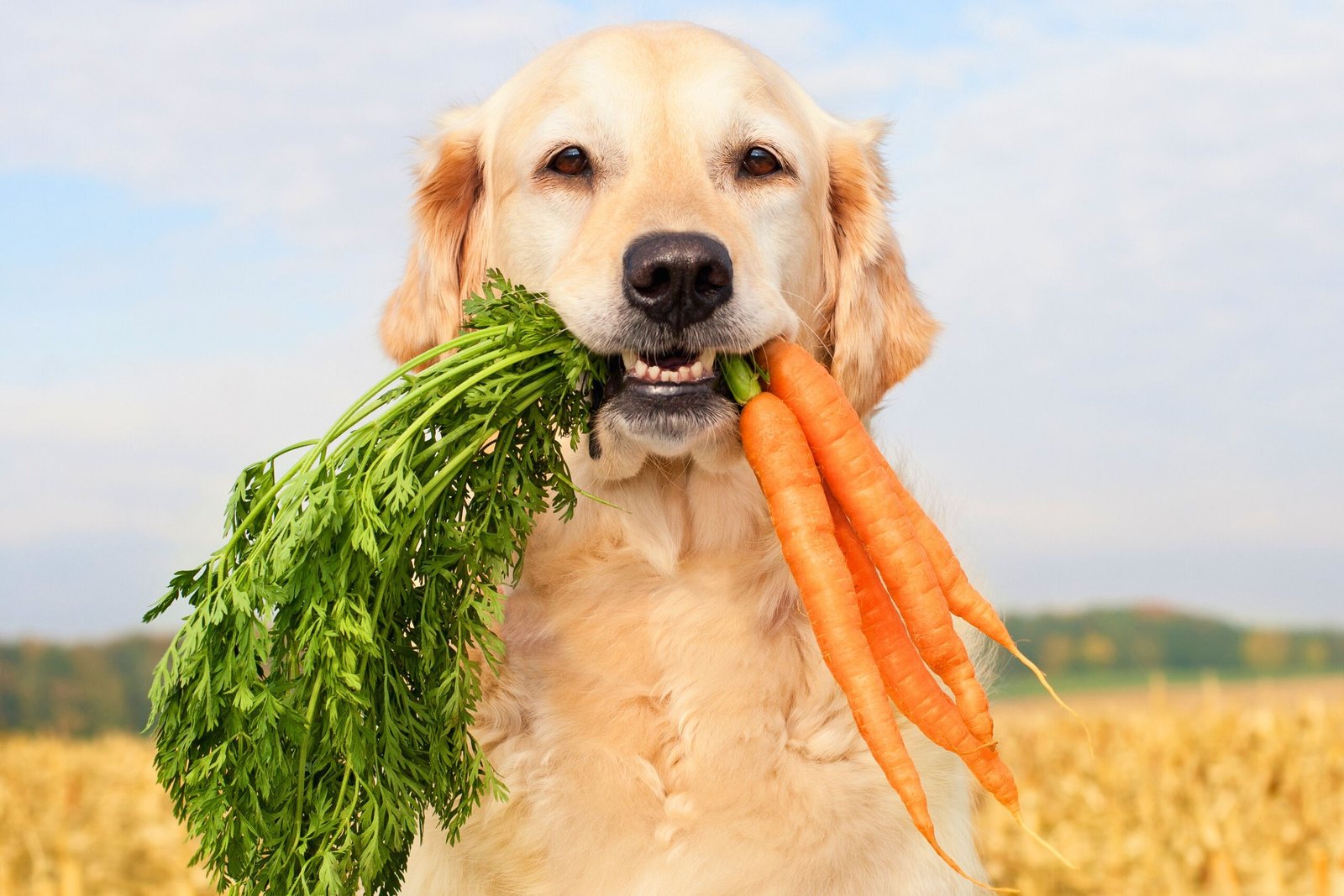Safe and Healthy Choices

When it comes to incorporating fruits and vegetables into your dog’s diet, not all options are created equal. Some can be nutritious additions, while others may pose potential risks. Understanding which choices are safe and beneficial for your furry friend is crucial for maintaining their well-being and ensuring a balanced diet.
Apples: A Crunchy Delight
Apples are generally safe for dogs and can be a delightful addition to their diet. Packed with essential vitamins such as A and C, as well as dietary fiber, apples can support your dog’s digestive health. Ensure that you remove the seeds and core before offering slices, and moderation is key to prevent overconsumption of natural sugars.
Carrots: Crunchy and Nutrient-Rich
Carrots are a popular and healthy choice for dogs. Rich in beta-carotene, an antioxidant that converts to vitamin A, carrots contribute to good eye health. The crunchy texture also promotes dental health by reducing plaque and tartar. Serve them raw or cooked, but always cut them into bite-sized pieces to avoid choking hazards.
Blueberries: Tiny Powerhouses of Nutrition
Tiny but mighty, blueberries are packed with antioxidants, vitamins, and fiber. These little berries can contribute to your dog’s overall immune system and provide a tasty snack. Frozen blueberries can also serve as a refreshing treat, especially on hot days. As with any treat, moderation is key to prevent digestive issues.
Cucumbers, zuchinni
Cucumbers and zucchinis are generally safe for dogs in moderation and can be a healthy addition to their diet. These vegetables are low in calories and offer hydration, making them a refreshing snack option. Cucumbers, in particular, contain vitamins K and C, as well as minerals like potassium. Zucchinis are a good source of fiber, aiding in digestion. Ensure that cucumbers are sliced into manageable pieces, and for zucchinis, it’s advisable to cook them before offering to enhance digestibility. As with any new food, introduce cucumbers and zucchinis gradually to monitor your dog’s response, and consult with your veterinarian to ensure they align with your pet’s individual dietary needs. Avoid seasoning or adding any potentially harmful ingredients and always prioritize moderation in treating your furry friend.
Broccoli
Broccoli can be a nutritious and healthy addition to a dog’s diet when served in moderation. Packed with essential vitamins and fiber, broccoli offers valuable nutrients that contribute to a dog’s overall well-being. To make broccoli more digestible, it is advisable to either steam or boil it, as these cooking methods soften the vegetable without compromising its nutritional content. Small, bite-sized pieces are recommended, especially if offering raw broccoli, to reduce the risk of choking. While some dogs may enjoy and tolerate broccoli well, it’s essential to introduce it gradually into their diet and monitor for any signs of digestive discomfort. Consulting with a veterinarian before incorporating broccoli is recommended to ensure that it aligns with your dog’s individual dietary requirements and to receive personalized guidance on portion sizes. As with any treat, maintaining moderation and avoiding the use of seasonings or additives is crucial to providing a healthy and balanced dietary supplement for your furry friend.
Paprika
Paprika, a spice derived from dried and ground red peppers, can be used in small amounts to add flavor and color to your dog’s food. While plain, mild paprika is generally considered safe for dogs, it’s crucial to exercise caution and use it sparingly. Avoid spicy or smoked paprika varieties, as they may cause discomfort for your dog. Always check the ingredients to ensure that the paprika is plain and free from additives. Introduce paprika gradually into your dog’s diet, monitoring for any adverse reactions such as digestive upset or allergic responses. Consulting with your veterinarian before incorporating paprika is advisable, especially if your dog has specific health concerns or dietary restrictions. As with any seasoning, moderation is key, and it’s essential to prioritize your dog’s well-being by offering a balanced and suitable diet.
Safe Exploration of Greens
Certain leafy greens can be a nutritious addition to your dog’s diet. Spinach and kale, when served in moderation, offer a dose of vitamins and minerals. However, oxalates in these greens can be a concern in excessive amounts, so it’s crucial to balance their intake. Always ensure greens are thoroughly washed to remove any potential pesticides.
Caution with Citrus
While some fruits are safe, caution should be exercised with citrus fruits like oranges and grapefruits. The high acidity can upset a dog’s stomach, leading to digestive discomfort. Additionally, the essential oils present in citrus fruits can be toxic to dogs. If you choose to share citrus, do so in small, well-pulped portions.
Berries Beyond Blueberries
While blueberries are a fantastic option, other berries like strawberries and raspberries can also be included in your dog’s diet. These berries offer vitamins, antioxidants, and a natural sweetness. Always introduce new foods gradually to monitor your dog’s reaction and watch for any signs of allergies or sensitivities.
By understanding the safe and healthy choices for your dog, you can enrich their diet with tasty, nutritious options. Remember to introduce new foods gradually, monitor your dog’s response, and consult with your veterinarian to tailor their diet to their specific needs. A well-balanced approach ensures your furry friend can enjoy a diverse and wholesome range of treats.








